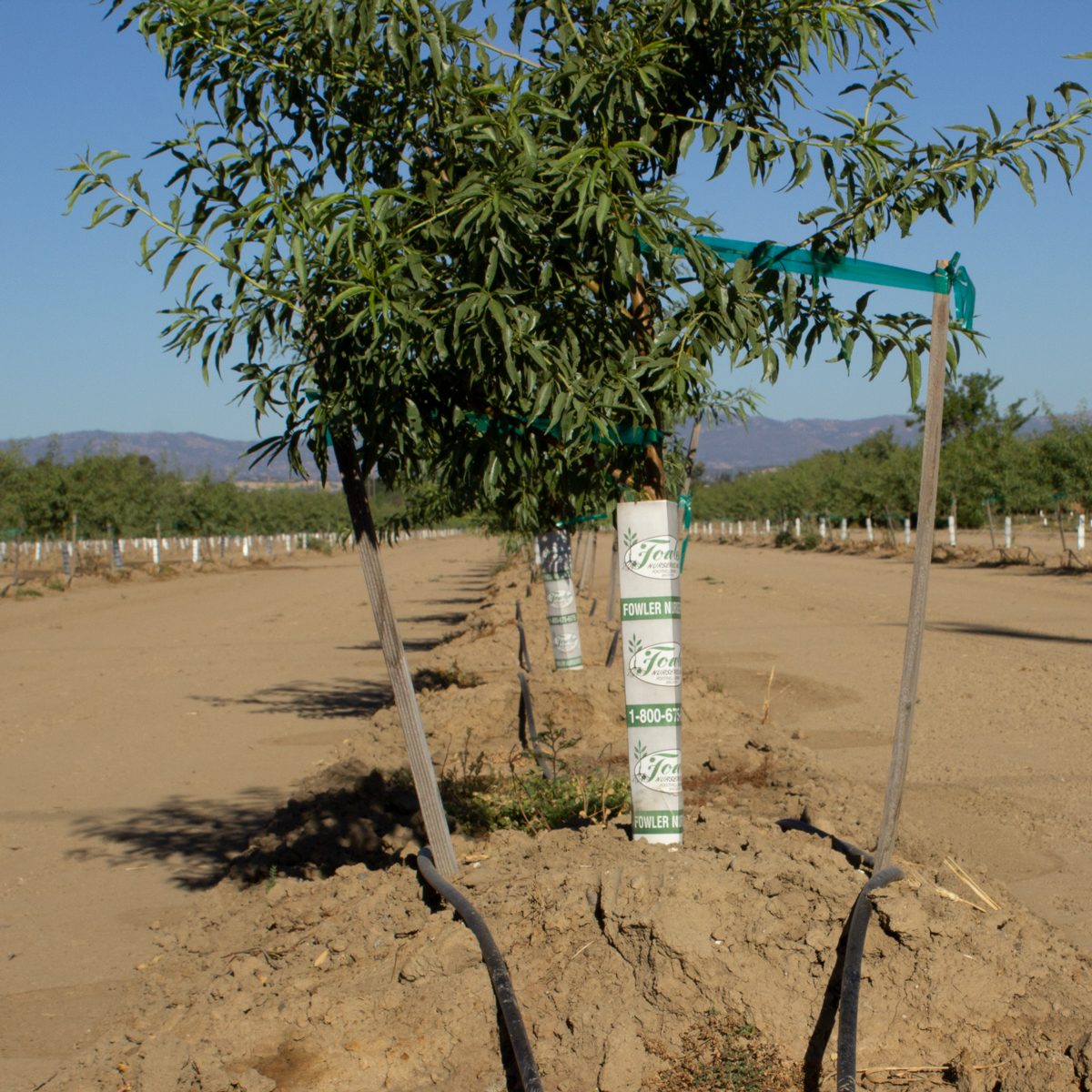This year marks the tenth anniversary of the California Almond Sustainability Program (CASP), a voluntary online tool growers can use to document their efforts in producing more crop with fewer inputs.
SureHarvest’s Eric Harris, speaking at an Almond Board of California In The Orchard workshop, said measuring achievements in almond production fits with the 2025 goals of ABC.
“Try it out,” Harris said of the online platform developed by Sureharvest. “Try it and see what your assessment dollars have produced.”
After more than 40 years of research aimed at improving almond production practices, CASP was developed to formalize that effort and to ensure continuous improvement of grower practices.
CASP is telling the sustainability story about California almond production, Harris said, but the program needs grower participation.
The grower self-assessment program looks at water use, air quality, energy, nutrient management, pest management and pollinator health.
Harris said the data, which is anonymous and aggregated, does prove to buyers and consumers that almond growers are actively seeking to improve production practices.
To date, about 20 percent of California’s almond acreage is in CASP with 2,000 individual participants. More than 70 percent of the almond orchards in CASP use micro or drip irrigation, enhancing water use and contributing to yield increases. Eighty-three percent of growers are using demand based irrigation scheduling, furthering water efficiency. Participating almond growers are also using soil mapping for irrigation system design, fertigation and integrated pest management.
More than 86 percent of growers are also using no-till or other floor management techniques. More than 83 percent of orchards assessed have reduced pesticide use using research-based tools including mating disruption and orchard sanitation.
Participation in CASP has benefits for growers. Irrigation scheduling is linked to CIMIS (California Irrigation Management Information System) to generate up to date irrigation scheduling. An updated Nitrogen Management Planning website is available to growers to assist with more precisely calculating the nitrogen needs specifically for almonds. Harris noted that there would soon be an upgrade in the program that will assist with the regulatory reporting requirements.
Almond growers can access the site at www.SustainableAlmondGrowing.org. Those who self-assess on a yearly basis can clone their answers, update them annually and see their progress.

Cecilia Parsons
Cecilia Parsons has lived in the Central Valley community of Ducor since 1976, covering agriculture for numerous agricultural publications over the years. She has found and nurtured many wonderful and helpful contacts in the ag community, including the UCCE advisors, allowing for news coverage that focuses on the basics of food production.
She is always on the search for new ag topics that can help growers and processors in the San Joaquin Valley improve their bottom line.
In her free time, Cecilia rides her horse, Holly in ranch versatility shows and raises registered Shetland sheep which she exhibits at county and state fairs during the summer.
















